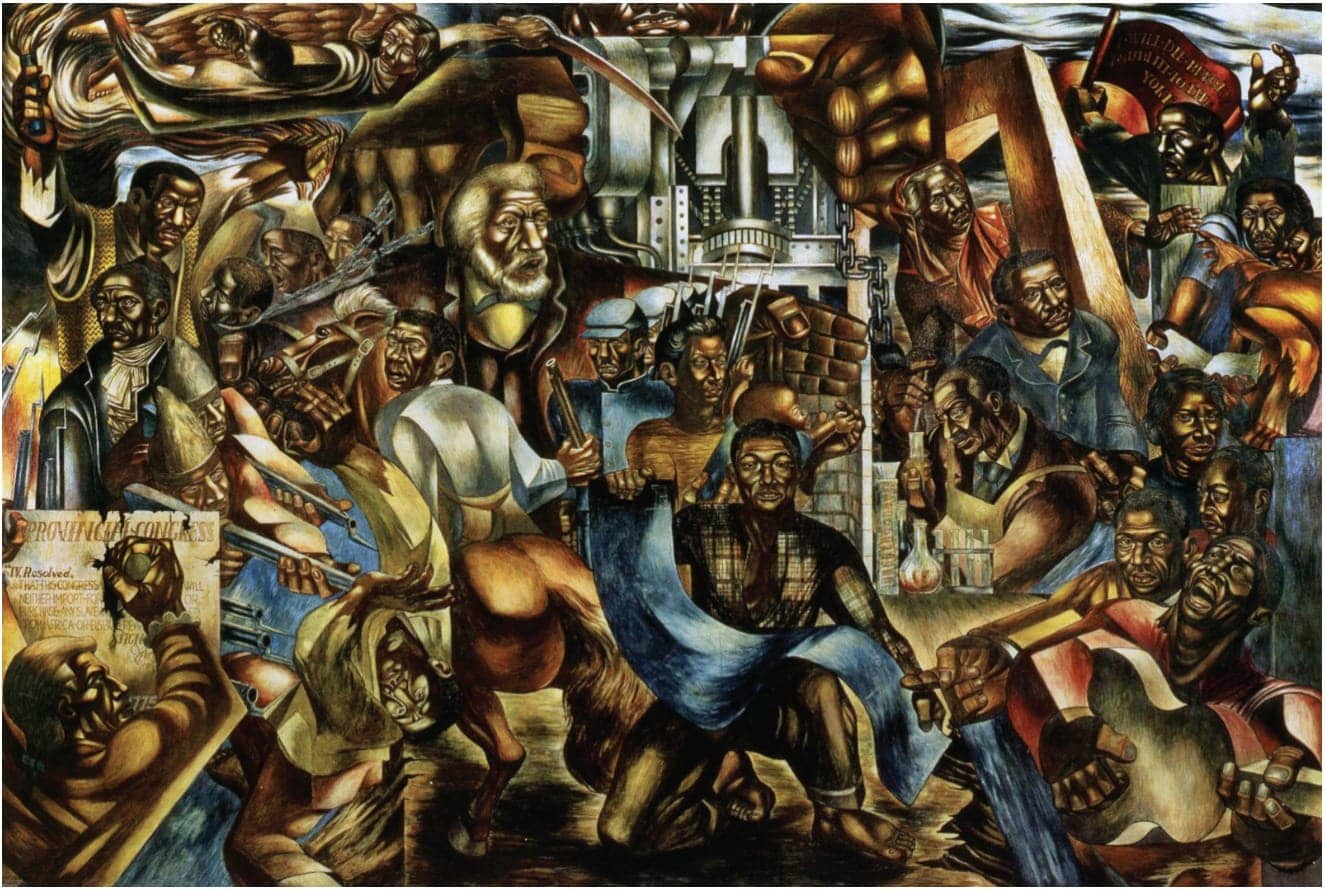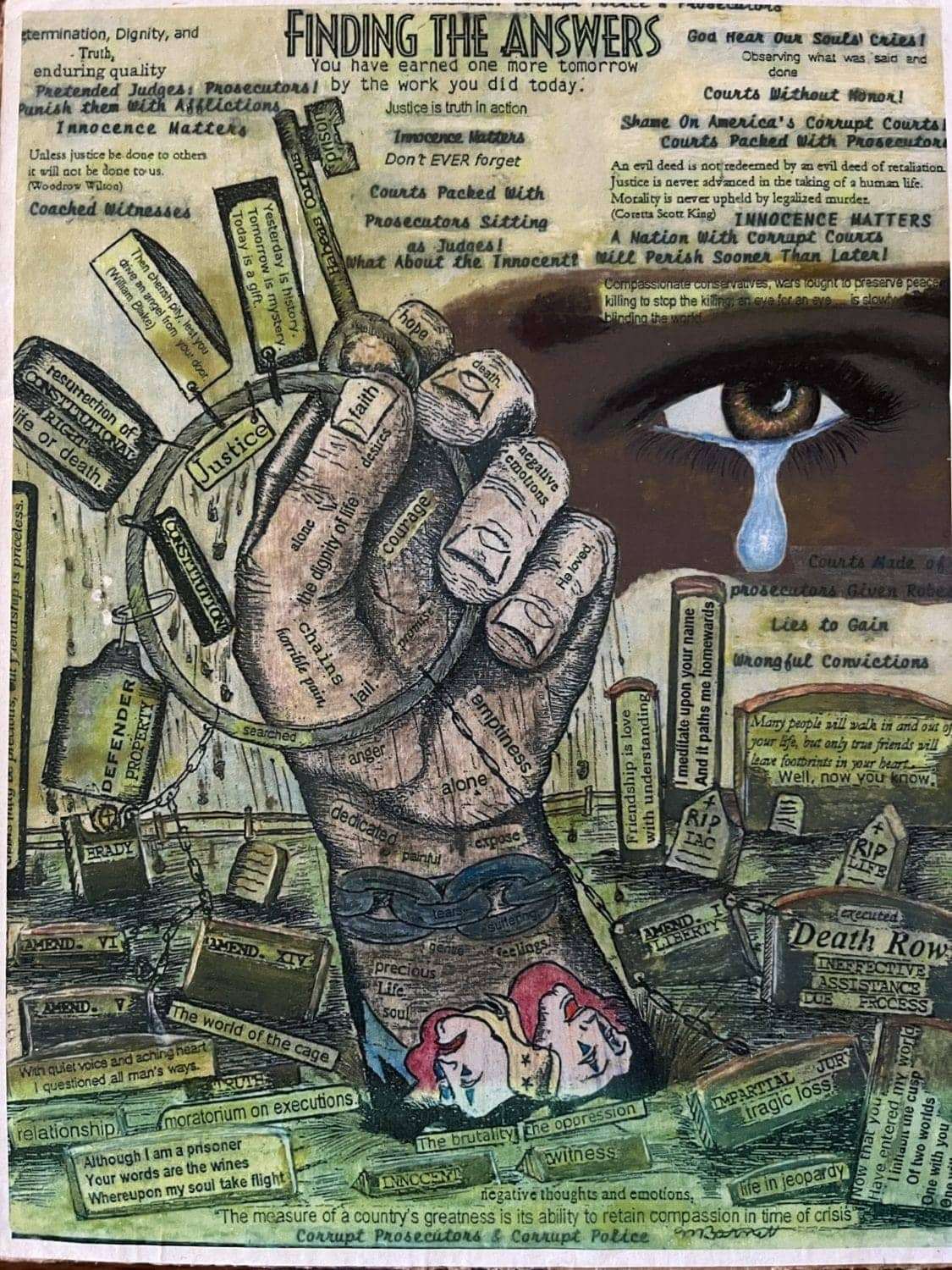
by Demetrius Dixon
Here we are approximately one hour from Bakersfield, 45 minutes from Fresno, Calif., housed at SATF (Substance Abuse Treatment Facility) state prison in Corcoran, Calif. Here, in the largest prison in the state, there exists the most overlooked population of prisoners in the California Department of Corrections and rehabilitation.
This prison houses up to 5,600 prisoners, with approximately 1,600 of these prisoners housed in minimum-security facilities, or Level 2 yards. These facilities are dorm settings that house hundreds of men without armed gun coverage in the housing units nor on the exercise yards. There are rarely any incidents of violence on these facilities, with the few that may occur even more rarely escalating into large-scale incidents.
This is not by happenstance, nor is it a result of security or intervention of law enforcement. Prisoners in these minimum security facilities go about their daily activities choosing to walk a path of respect and consideration for self and their fellow prisoners because of the conscious decision to conduct themselves as mature men.
Amongst these prisoners housed on the lower level facilities is a small, yet significant population of prisoners sentenced to life without the possibility of parole, or LWOP. On average, the population of LWOP prisoners in these lower-level facilities has been incarcerated for at least 20 years. Until recent years, those prisoners sentenced to LWOP weren’t allowed to be housed in facilities lower than Level 4, which is maximum-security.
These prisoners were considered to be the greatest threat to the safety and security of CDCr. Contrary to this theory, many of these prisoners have gone many years without their records reflecting disciplinary violations because of acts of violence, which is also evidenced in the CDCr classification process allowing individual housing in minimum-security facilities. Needless to say, if these prisoners were displaying violent behavior, CDCr would not permit these prisoners to be housed without gun coverage or in dorm settings.
Many of these prisoners have gone many years without their records reflecting disciplinary violations because of acts of violence.
Some of the most model men are among this population of prisoners. Their work ethic, knowledge of law, efforts in education, self-help and overall efforts at growth are heads above many of their fellow prisoners. Another remarkable characteristic of these men is they are oftentimes the ones putting themselves in the light to maintain the peace in times of conflict.
Despite the fact that these prisoners are housed in minimum-security, many have been incarcerated for 20-plus years, are self-motivated to pursue education in ways of the world as well as, and most importantly, ways of the soul and are non-violent as determined by the criteria set forth in CDCr’s classification process, the administration at SATF and policies of CDCr as a whole still categorize these prisoners as violent and enforce discriminatory regulations that exclude these prisoners from programs and considerations of law that would allow them the opportunity to go before the Board of Parole Hearings and ultimately be released from prison.
In recent years, lawmakers have passed legislation that has found that many factors that were not considered 20 years and longer ago must be considered today and weighed heavily in terms of sentencing offenders. Some of these factors that have been deemed particularly relevant at the time of a person’s incarceration are: age – if a person was under the age of 26 years old; history of abuse, trauma; if the person was a victim of human trafficking, domestic violence and other psychological factors that may have contributed to the commitment of the crime.
Laws have been restructured to do away with a lot of the disparities and discrepancies that allowed for unfair and unequal sentencing practices that were common practice for many years. A lot of prisoners sentenced to life sentences and LWOP were victims of these practices and are now, after decades of incarceration, being afforded the opportunity by law to have their sentences re-evaluated under new standards of law that focus on individual culpability, mitigating factors and post-conviction behavior.

One of these laws is Penal Code section 1170.03. Penal Code 1170.03 came into law through the passing of Assembly Bill 1540, in January of 2022. This law allows for any prisoner sentenced to the custody of CDCr to qualify for resentencing consideration upon referral by the Secretary of Corrections, the district attorney, or the Board of Parole Hearings.
AB 1540 focused on research that has found that lengthy prison sentences do not deter the crimes they’re intended to, that 75% of crime victims surveyed favor reduced sentences for prisoners considered low risk to public safety and the fact that crime rates have steadily decreased since the 1990s.
Lawmakers also declared that the purpose of sentencing is public safety achieved through punishment, rehabilitation and restorative justice. Lawmakers then suggested to CDCr that programs should be made available that are designed to prepare all eligible offenders for successful re-entry into the community and directed the department to establish a mission statement consistent with these principles.
This legislation clearly established that all offenders committed to the custody of CDCr are eligible for resentencing consideration by the court upon referral. This includes those prisoners sentenced to LWOP! CDCr’s response was to amend their code of regulations to reflect that prisoners sentenced to death or LWOP be excluded from the referral process without any cause or justification other than their sentence.
This author was told in an official letter from a correctional counselor ii supervisor that my file was reviewed in regards to resentencing and I do not qualify because of my specific case factors, sentence of life without the possibility of parole. I don’t qualify – not because of my disciplinary history, not because of my behavior or work history, not because of any “case factor,” but because of my sentence.
Prisoners are forced to participate in correspondence courses but aren’t allowed to place evidence of completion or personal writings, such as insight essays or parole plans, into their Central File.
CDCr has consistently engaged in these discriminatory practices with no other explanation or justification but “because I said so.” Before it was the sentencing provision, it was Proposition 57. Agents of CDCr refused to make the referrals to the courts for those who qualify. Add another instance: People going before the Parole Board were repeatedly denied parole for lack of insight into their crime or history. Until the court was forced to intervene in both regards, CDCr was intent on holding their ground regardless of the evidence that painted them wrong!
Here at SATF, the disregard is just as blatant. There are very few self-help programs offered, with waiting lists anywhere from 12 to 18 months. This was the case before the pandemic and is still the case at present. Yet, you are supposed to show evidence of efforts towards rehabilitation.
In this regard, prisoners are forced to participate in correspondence courses; however, prisoners aren’t allowed to place evidence of completion or personal writings, such as insight essays or parole plans, into their Central File. So, if a prisoner’s file is being reviewed by a party in an evaluation of their particular efforts, their file will not adequately reflect the work the person has been putting in, and it will appear as if the person hasn’t been working at their rehabilitation.
This is even more of a hindrance to a prisoner sentenced to LWOP, because they are scrutinized that much more because of their sentence. I had a commutation interview with the Governor’s Office in August of 2018, and have yet to receive a response, despite the fact that the experienced interviewer found that the interview was sincere and went well. It is highly likely that my file has been since reviewed and found to not reflect much activity in efforts of rehabilitation.
The obstacles that prisoners are being forced to overcome are in place simply to discourage prisoners and their families from possessing any hope and from making any real effort at working towards their freedom. It is so obvious because the first time that a prisoner falls short and succumbs to the ever prevalent elements, however so slightly, they are considered a failure who has either been faking or is simply “not ready.”
The tenacity and resilience needed to maintain in the face of these circumstances is truly praiseworthy. We who work tirelessly, altruistically, selflessly and in the name of spiritual truth are truly humbled by our paths and are worthy of that acknowledgement.
My name is Demetrius Dixon; I am 47 years old and have been incarcerated since the age of 18, when I was charged and convicted of felony murder and sentenced to LWOP.
I come from a family that was molded in physical, emotional and sexual abuse. These abuses affected my mother’s quality of life, and as her eldest of two boys, affected my life as well. Throughout the years of my incarceration, I’ve taken up a personal journey of self-exploration in an effort to understand the characteristics that have influenced my life and path.
Today, I am no longer the lost, fearful, confused boy that I once was, though I am very intimately acquainted with him. I live a spiritually-based life that is principled in family, education and personal purpose. I am a husband, a dad and a family man first. I stand on truth and integrity and these are the springs from which I share my experience.
I welcome assistance and commentary in an effort of growth and progress. I understand bitterness, but I see it as a hindrance more than an asset, an impediment to growth. Energy is key!
Peace and blessings,
Demetrius Dixon
Send our brother some love and light: Demetrius Dixon, H99670, SATF B3-3-4, P.O. Box 5248, Corcoran, CA 93212.





